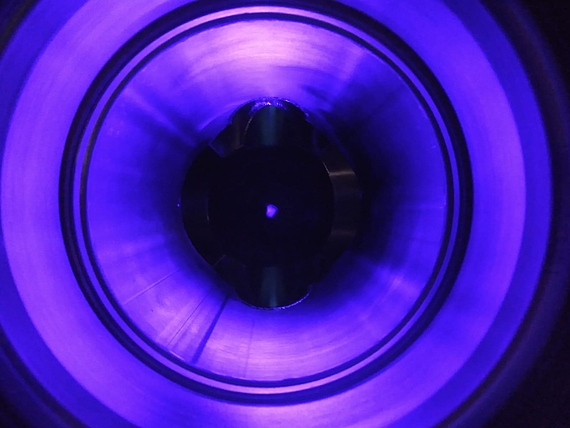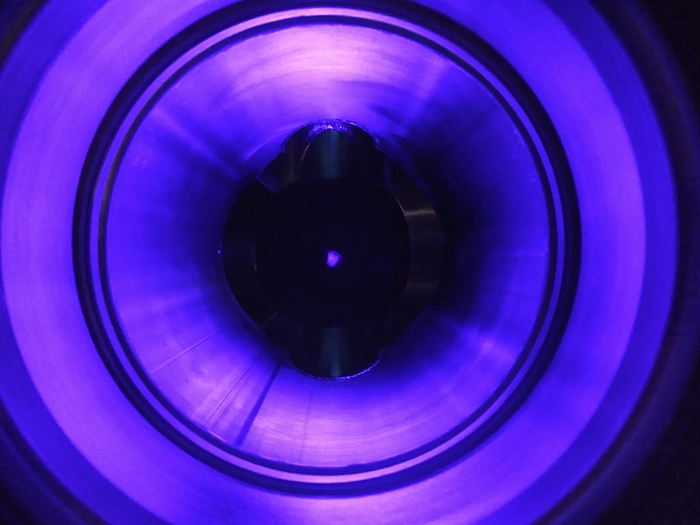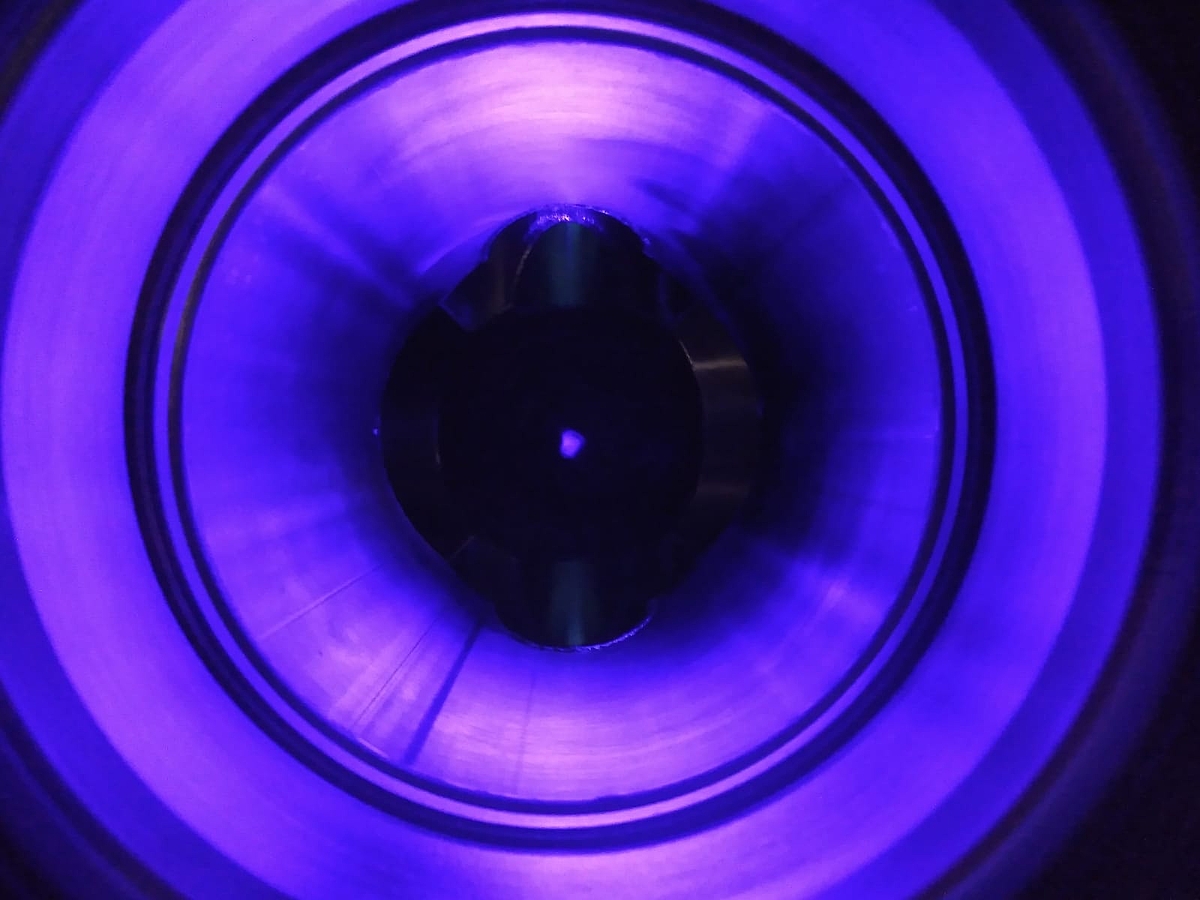


Introduction
Our experimental approach utilises the generation of all-optical ytterbium Bose-Einstein condensates and beam splitters at 1156 nm for driving the clock transition 1S0 → 3P0. Here, a two-photon E1-M1 excitation process avoids transferring recoil and magic Bragg beam splitters at 759 nm or Bragg beam splitters at 399 nm are employed for transferring momentum. The beam splitting for delocalisation is based on a combination of sequential or higher-order Bragg pulses and Bloch oscillations. Initially, the project will finalise the studies of the different possible interferometer configurations in a small baseline to identify suitable parameters for operation, e.g. beam splitter pulse duration and intensity, and to characterise spurious phase shifts, e.g. lights shifts. In a second step, the ytterbium source will be integrated into the Very Long Baseline Atom Interferometry facility to enable extended times of free fall of 1s to 2s. Here, we target to resolve the gravitationally induced red shift down to the level of ten percent after averaging. This will mark the first measurement of gravitational red shift in an atom interferometer and consequently validate the theoretical description, laying the grounds for future precision measurements of gravitational red shift by means of atom interferometry.
Results
Within the second phase of DQ-mat we jointly developed and finalised schemes for quantum clock interferometry. A collaboration with B07 led to a scheme based on an inversion of the internal (clock) state instead of relying on a superposition of clock states. In a related approach we proposed to utilise a simultaneously operated rubidium interferometer for suppressing vibration noise. Borrowing from these ideas, we developed a new scheme: a self-referenced ytterbium quantum clock interferometer. It offers a differential suppression of vibration noise, operation with ytterbium only (single isotope), reliance on common Bragg-type beam splitters instead of magic Bragg, and all output ports being in the same internal state, easing the detection process.
Furthermore, we investigated large momentum transfer processes for delocalising atoms within the quantum clock interferometers together with A05 and B07, both in the frame of a demonstration experiment, possible implementation of a rotation sensor, and the analysis of spurious phase shifts. As the properties of the atomic ensembles critically affect beam splitting efficiencies, we collaborated on a new all-optical matter-wave lensing scheme which we expect to be transferable to our ytterbium source.
Publications
Showing results 1 - 16 out of 16
Project leader
30167 Hannover
30167 Hannover

